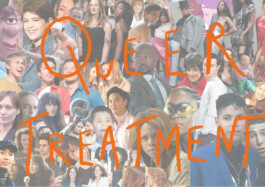
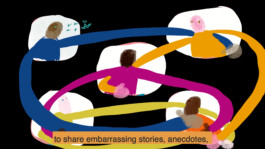
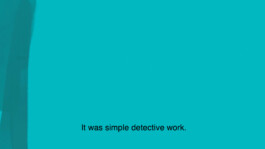
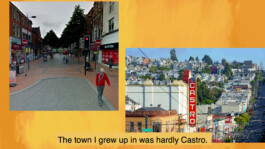
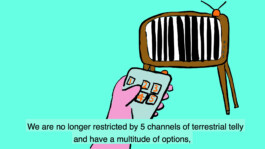
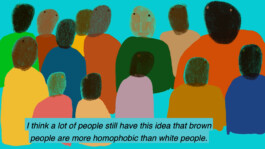
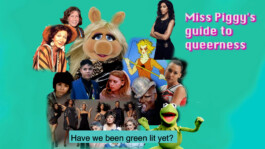
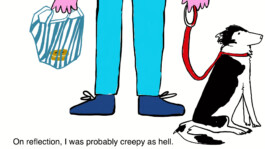
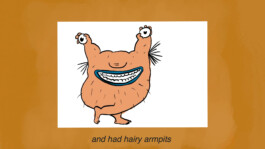
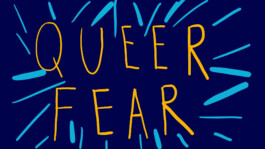
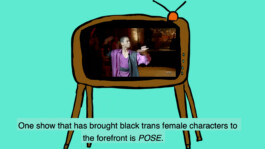
Is a long term engagement project with Heart Of Glass and the LGBTQIA+young people of St Helens. This project started in Jan 2020 just as the pandemic hit what was meant to be in a person, energetic 6 month project was suddenly turned on its head. With the world going into lockdown the project went online and the film QUEER TREATMENT was made. Engaging not only with the young people of St Helens but now an online community, QUEER TREATMENT became a way for queers to connect and share. Pippa Sterk who attended one of the workshops writes about the experience below. The film can be viewed on the Heart Of Glass website.
The creation of Queer Treatment started with a series of workshops. In November 2020, roughly a dozen people (including myself) gathered over Zoom, most of us had never met each other before. The workshop started with a discussion, facilitated by artist Ames Pennington, around how media representation has influenced our own queer identities. We were encouraged to talk about our favourite TV programmes growing up, which characters we related to most, and which films had given us that first inkling that we might not be straight. These conversations were then collated into a pitch for a show as we would like to see it: all the exciting, and refreshing bits of queer representation, without the overtones of bigotry or oppression.
It felt odd at first, sharing childhood memories with people that I didn’t really know, and who were sometimes twice (maybe three times?) my age. Surely they would have no idea what I was talking about, we would have nothing in common, no shared points of reference. However, it didn’t matter that we didn’t all have the same memories of consuming media. In fact, what stood out is how similar our interests were despite our different choices of TV shows or characters. Most of the characters we identified with were outsiders in some way - the tomboyish girl, the feminine boy, villains, monsters, characters that are half-animal or part-robot, characters where we’re not sure what they are, just that they aren’t abiding by any definition that society sets. This just goes to show that seeing our queerness reflected, goes further than the characters that are ‘like us’ on the surface. We can identify with characters simply because they can show us a different way of existing. Characters can be fascinating exactly because they are so unlike us, because they stray far away from what we recognise as ‘normal’ or as human.
This mix between the normal and the abnormal, the real and the fake was not just apparent from the discussions, but also from the short film that Amy created as a result of the workshops. Queer Treatment is part auto-biography, part animation, part stock/archive footage, and part transcripts of our discussions. While the stock footage and the quotes from the workshops ground the film in a historical and social reality, the animation works to fill in the gaps of our imagination, and visually connects one person’s story to another. Across screens, we are invited to share in Amy’s own recounting of growing up queer and searching for representation in popular culture.